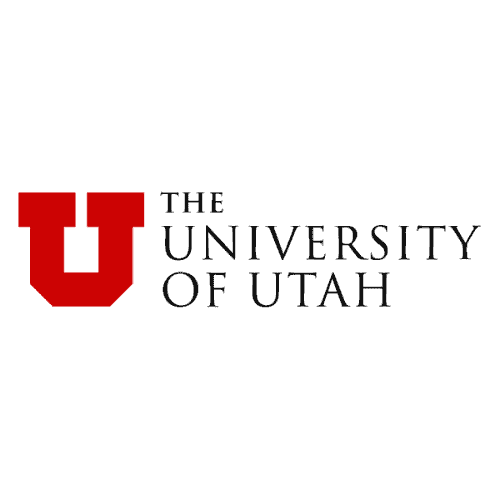By Pierre Desrochers and Hiroko Shimizu

The appeal of the food mile perspective, with its promise to reconnect people with food, neighbouring producers and seasonality, while delivering environmental, economic, health and social benefits, is understandable. At root, however, this perspective is infused by activists’ distrust of large corporations and their romanticization of subsistence agriculture rather than fact.
At best, the food mile perspective is a well-meaning marketing fad that frequently and severely distorts the environmental impacts of agricultural production. At worst, it constitutes a dangerous distraction from the very real and serious issues that affect energy consumption and the environmental impact of modern food production and the affordability of food.
The food mile case typically centres around three main types of alleged benefits:
- Environmental: Because locally grown food items travel shorter distances than those produced in more remote locations, they are said to generate fewer greenhouse gas emissions. More diversified local food production systems are also viewed as more environmentally sustainable than large, export-oriented systems where only one variety of crop is planted.
- Health and Security: Local food is seen as safer than food produced in countries with overall lower health, safety and environmental standards, and local food “independence” is also prized.
- Economic: Locally produced food items are seen to improve the economic circumstances of (mostly small-scale) farmers who otherwise struggle in the face of international competition. Local produce is also seen to help smaller stores that cannot access the international food market as easily as large food retail chains, thereby improving the economic viability of rural communities and independent retailers in advanced economies.
The biggest drawback in food mile logic is its negation of productivity differentials between geographical locations. Activists implicitly assume that produce requires the same amount of inputs independently of where and how it is grown. To them, the distance travelled between producers and consumers, along with the mode of transportation used, become the only determinants of its environmental impact.
But any realistic assessment must reflect both transport to final consumers and the total energy consumption and greenhouse gas emissions associated with production conditions that vary widely between different locations. For example, Californian strawberries are grown year-round under almost ideal conditions (neither too humid nor too hot). As a result, one hectare of California land will yield over 34,000 kilograms of berries, compared to approximately 2,000 in Ontario, in the process allowing for a much more intensive and efficient use of fuel, capital, machinery and other resources. As is now widely documented in the technical literature, food miles and environmental burden are not directly correlated. Among other somewhat surprising facts:
The largest greenhouse gas impact of food transportation can be attributed to individual families making many small-volume shopping trips by car to transport food from retail stores to their homes: Moving produce in super-efficient diesel-powered container ships or even airplanes or tractor trailers requires much less energy per apple, flower or lamb chop, even if the distance covered is much greater.
For example, 82% of the estimated 30 billion food miles associated with U.K.-consumed food are generated within the U.K., with car transport from shop to home accounting for 48% and HGV (heavy goods vehicles — i.e., tractor trailer combinations) for 31% of food miles. Remarkably, air transport amounted to less than 1% of food miles. In the worst case scenario, a U.K. consumer driving six miles to buy Kenyan green beans emits more carbon per bean than flying them from Kenya to the U.K.
The most energy-intensive segments of the agricultural production chain are not related to the transportation but the production stage (fertilizers, pesticides, irrigation, energy required to power machinery, etc.). For example, Canada’s heavy reliance on greenhouses or cold storage technologies entail much greater energy consumption than open air production in more favourable climates, often on a scale that dwarfs the energy requirements associated with the transportation of agricultural products from more remote locations.
Furthermore, it is now generally admitted that concentrating agricultural production in the most favourable regions — as opposed to diluting its impact over larger areas — is the best way to minimize human impacts because doing so “spares” much land which can then be returned or remain in a “natural” state.
Neither is there any guarantee that locally produced food is inherently safer than food produced elsewhere, under the watchful eyes of advanced countries’ buyers whose very survival is dependent on their capacity to deliver affordable and safe products to consumers. There is also no credible research demonstrating that locally produced food items are inherently more nutritious than those transported from more remote locations.
Furthermore, a country or local region is not safer if it relies entirely on local crops that are always subject to bad yields or outright failures rather than on numerous foreign suppliers.
In a modern economy, people specialize in what they do best and trade with one another. This ensures both lower prices and a greater variety and year-round supply of goods than would otherwise be the case. Even farmers buy most of their food in retail stores.
While competitively produced local food items are economically beneficial, coercive “buy local” policies mandating the purchase of uncompetitive local items are not. Because consumers and taxpayers have less money available for other purchases or investments as a result of such policies, the local economy is made worse off overall.
Local produce and the eschewing of trade — subsistence agriculture, which is ultimately what food miles boil down to — is of course feasible but it implies significant trade-offs that may not be readily apparent to those who have never experienced it. Because of bad weather, plant and agricultural diseases, pest infestations and an inability to draw on the surplus food generated in other agricultural regions, individuals living in subsistence agricultural production systems were throughout history subjected to much lower living standards, famines and starvation than individuals who benefited from long-distance trade. Restrictive local food policies would imply, even in the world’s currently most advanced and productive agricultural areas, much higher prices and a drastic reduction in the quantity and diversity of foods available to human beings.
Our modern globalized food supply chain is a demonstrably superior alternative that has evolved through constant competition and ever more rigorous management efficiency. Indeed, a world food chain characterized by free trade and the absence of agricultural (and other) subsidies would deliver lower prices and more variety in a manner that is both more economically and environmentally efficient. The underlying principle would be very simple. As the Scottish economist Adam Smith wrote more than two centuries ago, it is the “maxim of every prudent master of a family, never to attempt to make at home what it will cost him more to make than to buy.” Feeding a rapidly growing world population in a sustainable manner requires long-distance trade to insure that food is produced most efficiently in the most suitable locations, in the process economizing on all required inputs relative to alternatives.
Pierre Desrochers is Associate Professor, Department of Geography, University of Toronto. Hiroko Shimizu is a private consultant.



